Rurouni Kenshin revolves around Kenshin Himura, a former assassin under the alias of Battousai, the Manslayer who is now a wandering samurai sworn to never kill anyone and protect the innocent.
Kenshin, on his road to redemption, encounters ghosts of his pasts, including comrades and enemies seeking revenge, and despite having vowed never to raise his sword to kill, is faced with situations that require exactly that.
Rurouni Kenshin contains elements of historical fiction, drama, comedy, and romance and explores themes of revenge, redemption, forgiveness, and consequences of past regrettable actions.
1. Rurouni Kenshin Has Its Roots In Japanese History
The series is set in the Meiji period of Japan (1868-1912), which was a time of rapid modernization in Japan, as the country was transitioning from a feudal to an industrialized nation. This is a metaphor for the personal journey of the characters as just as Japan was undergoing so much significant change, the characters, too, are struggling to find a place in the world and come to terms with their past.
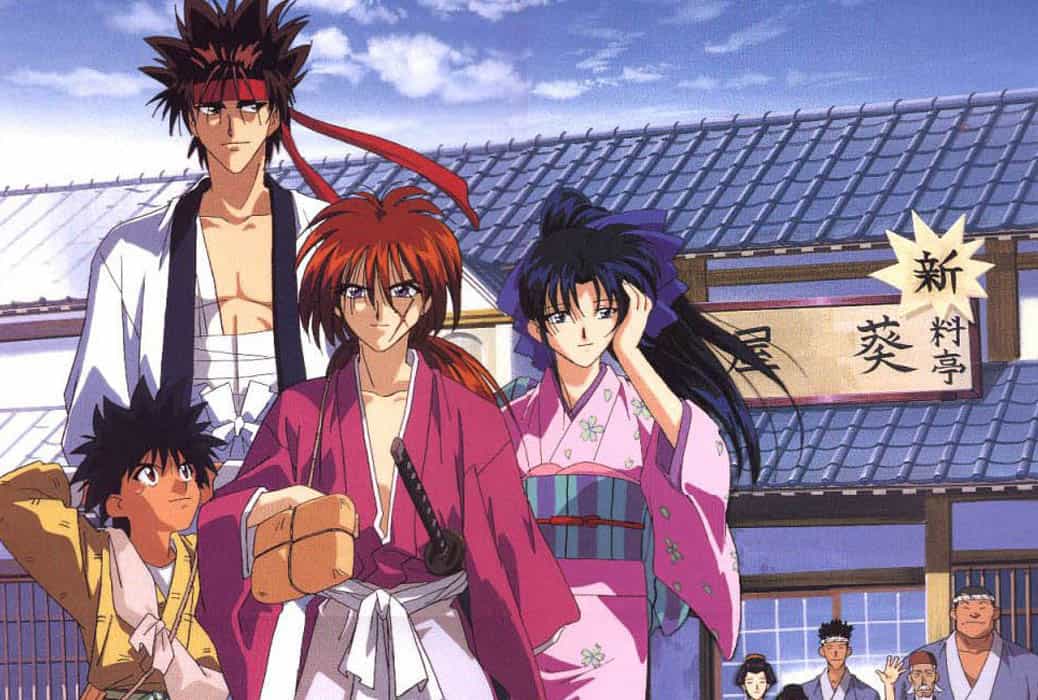
The beginning of the series is set shortly after the fall of the Tokugawa government in Japan and the establishment of a more centralized government which also marks the end of the samurai class, which caused a social upheaval. This provides a nice historical backdrop for the story and allows more depth to the plot and characters as they explore themes and issues specific to this time period.
During this period, Japan adopted many Western practices and technologies, and the series also depicts the tension between traditional values and western influence.
2. The Protagonist Is Based On A Real Assassin
Kenshin Himura is based on a real-life historical figure Kawakami Gensai, who was one of the four most skilled assassins during the Bakumatsu Era. Gensai lived around the end of Japan’s Edo era. He worked for the Japanese government during this time, but he did not really do great in training.
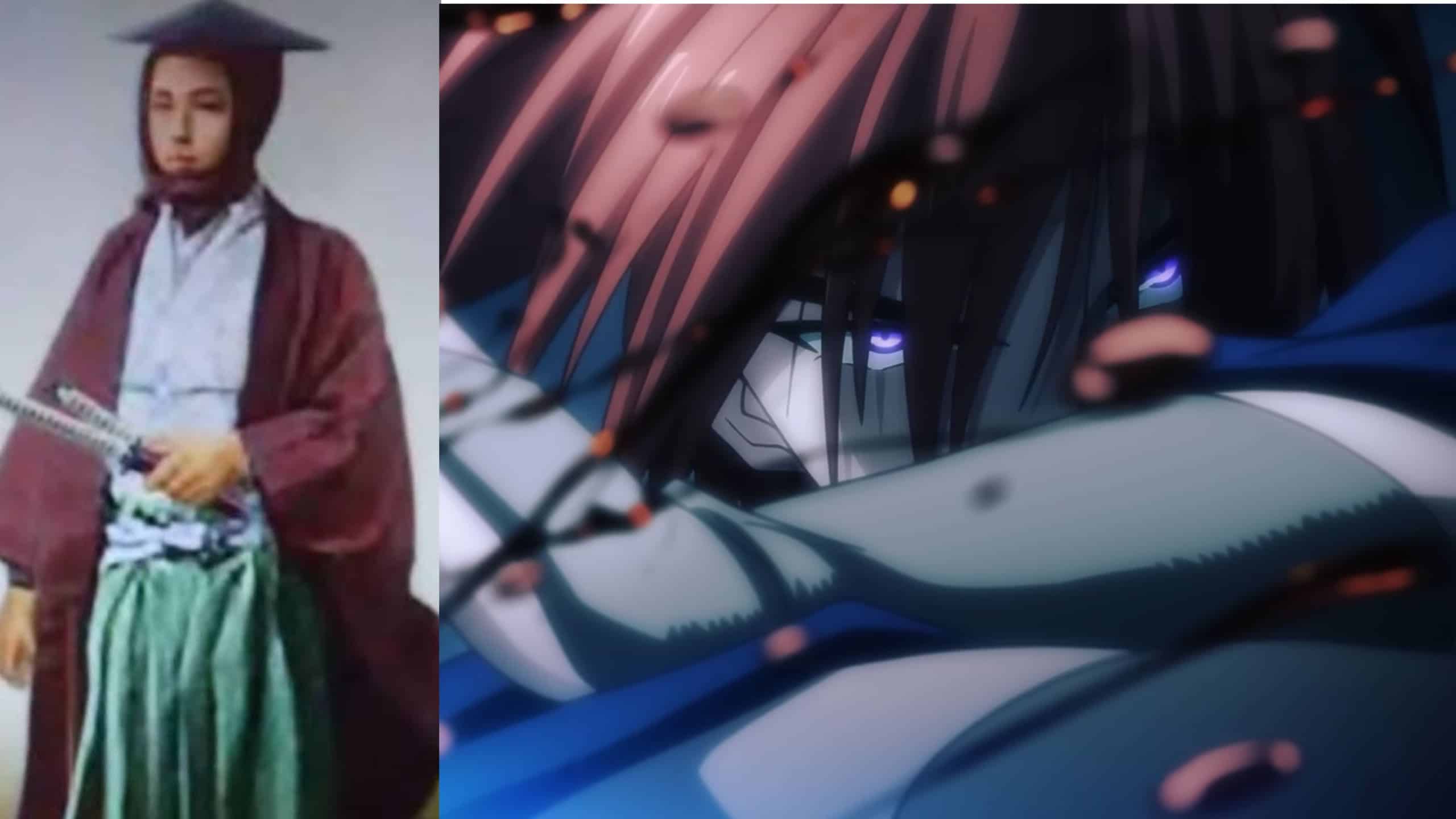
Despite not doing well in training, he had one of the fastest swords, and he was also an incredibly disciplined swordsman. He practiced during the time he was stationed as a janitor at the beginning of the slow start of his career.
Gensai’s only confirmed assassination and the most famous feat was that of Sakuma Shozan, a politician who hoped to open trade with foreign countries. He was also sent to jail before the restoration and left. After it, he changed his name but was caught again and executed for harboring fugitives who had attacked the shogunate in the past.
3. The story behind Kenshin’s Scar
Kenshin’s iconic X-shaped scar on his cheek was given to him by Hajime Saito, Kenshin’s long-time rival and a skilled swordsman, during the final battle of Bakumatsu, where Saito delivered a devastating blow to Kenshin’s face with his signature move, the Gatotsu.

Kenshin worked as an assassin for the Ishin Shishi, a group of revolutionaries who sought to overthrow the ruling Tokugawa Shogunate and establish a new government. During the battle against the forces of the shogunate, Saito struck Kenshin with such force that his sword pierced through Kenshin’s cheek, leaving a permanent scar.
Kaoru constantly asks Kenshin about the scar, and Sakunosuke likes to tease Kenshin with it as it is a reminder of his past as an assassin.
4. Kenshin Was Supposed To Be Female
Watsuki, the author’s debut manga, had a tall, dark-haired protagonist with flashy armor, so Watsuki wanted to create a character completely opposite to that of his first manga, so Kenshin was actually supposed to be a female character named Keiko.
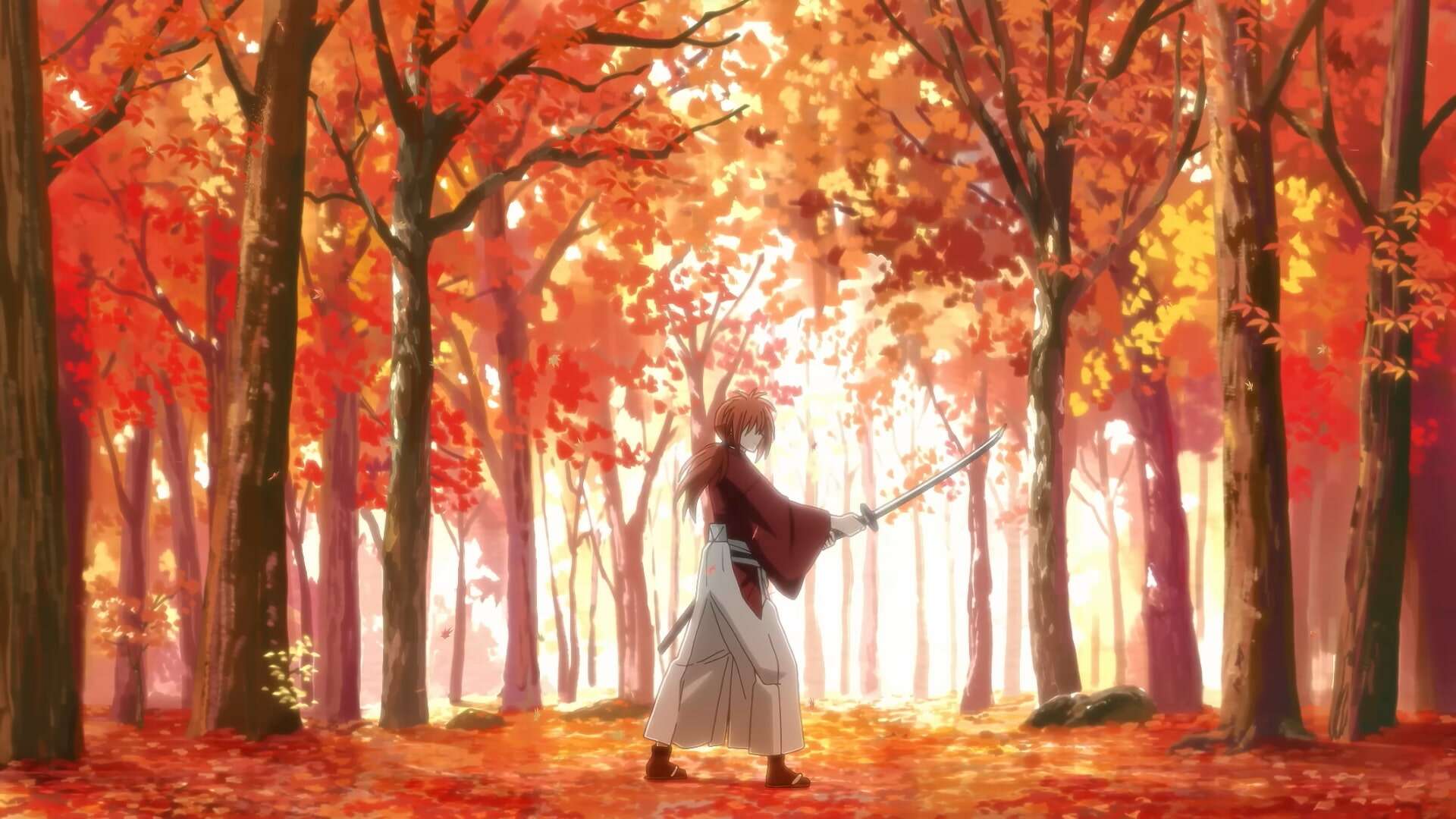
To make Kenshin stand out from other shounen protagonist, his appearance is kept androgynous, and he’s small too. He was given long red hair, and his personality was made out to be extremely sweet.
According to Watsuki, he used no real motif when creating Kenshin, and even the scar has a shallow “not knowing what else to do” reasoning behind it.
5. Kenshin’s Real Name
Shinta? A child’s name. Too weak for a swordsman. From now on, your name will be Kenshin. Kenshin Himura is just one of the names we know the protagonist by, but by far, it is the most well-known and used moniker of all. Kenshin’s real name was actually Shinta, which means “big heart.”
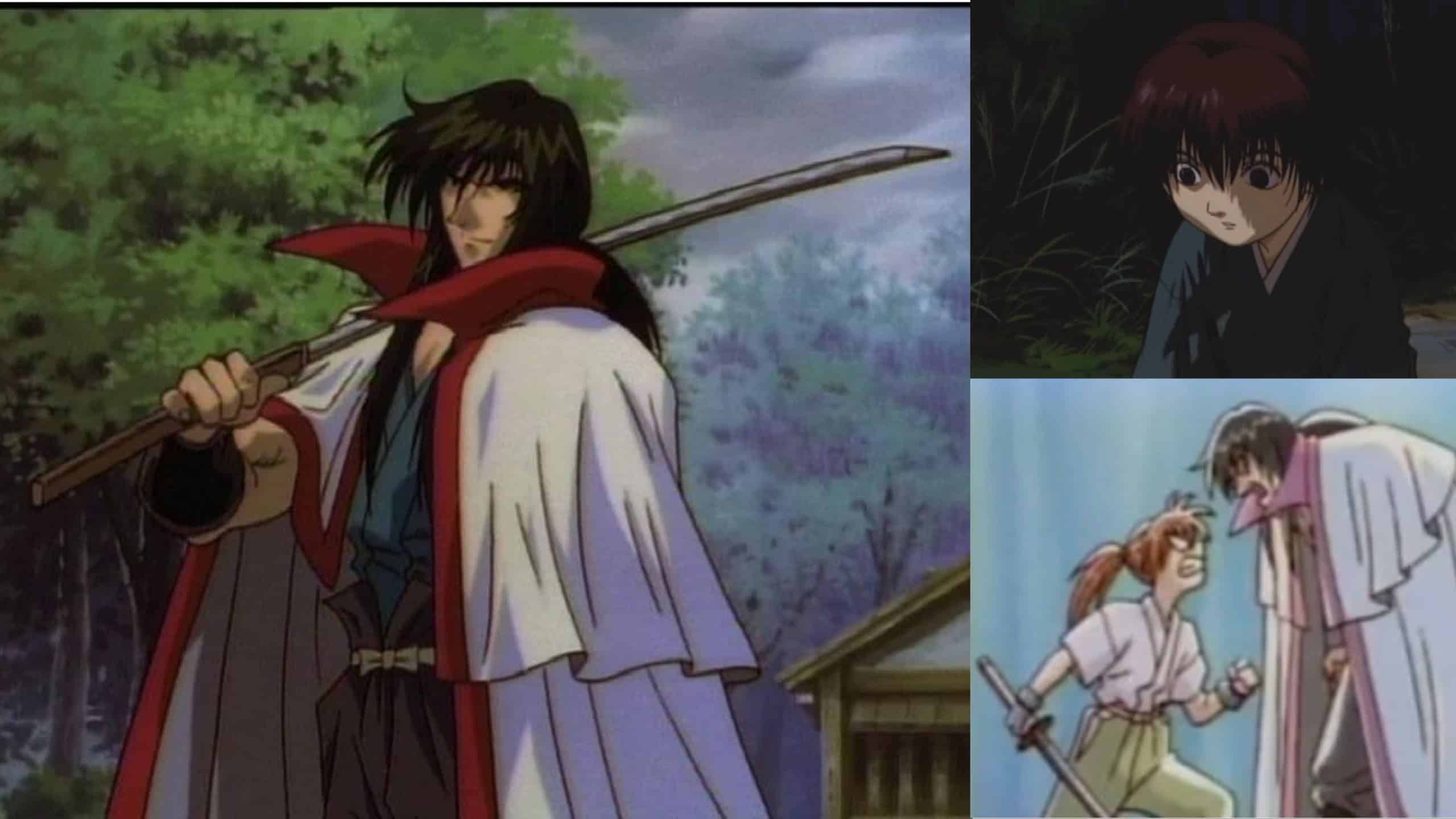
When his entire family was killed by mountain robbers, he was rescued by a swordsman named Hiko Seijurou. Hiko decides to train him in swordsmanship and, for him to forget about his dark past, gives him the name Kenshin instead. Kenshin means “heart of sword,” and Kenshin was named that so he could grow up to be a skilled swordsman.
6. Significance Of The Reverse Blade Katana, Sakabato
Traditionally, swords are single-edged blades with the sharp edge facing outwards, but Kenshin’s sword, the Sakabato, is a reverse-blade sword that is designed in a way that the sharpened edge faces inwards and the blunt edge faces outwards.

The Sakabato was forged by master swordsmith Arai Shakku, and Kenshin adopted this design for his sword as he vowed never to kill again and as the sword is not as lethal as a traditional sword and it is hard to cut or pierce through with the blunt edge, he can do that.
By relying on a sword that cannot kill, Kenshin can fight for justice and safeguard the innocent without resorting to violence. The sword serves as a physical representation of Kenshin’s commitment to making amends for his past.
7. Clever wordplay in the name of the series and the protagonist
The title of the series, Rurouni Kenshin, is basically a wordplay on the life of the main protagonist, Kenshin Himura. In the context of the series, ‘Rurouni’ refers to Kenshin’s current status as a wandering samurai.
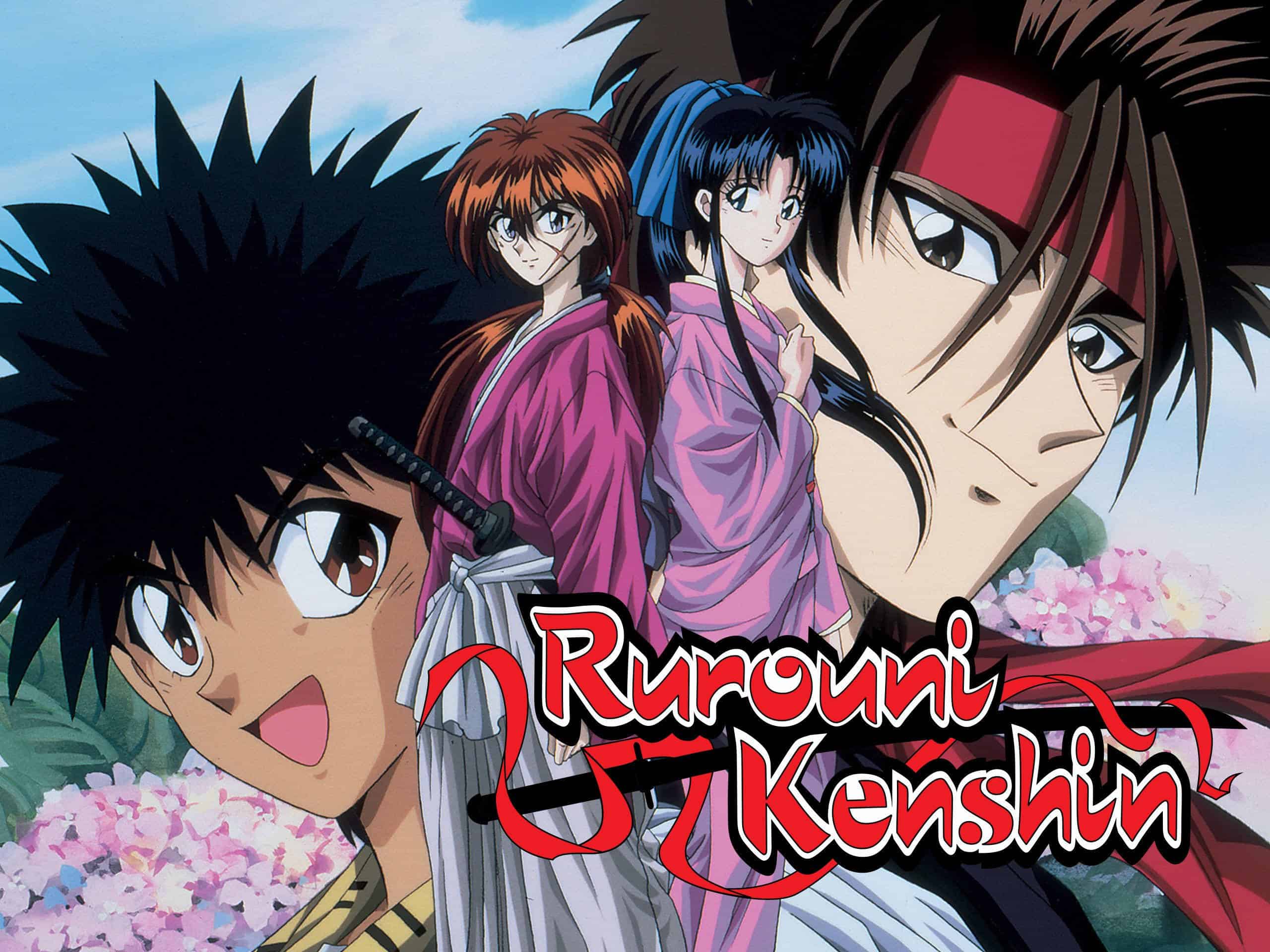
The word ‘Rurouni’ means wandering or vagabond, which is what Kenshin goes by at the beginning of the anime, as he calls himself a ‘Rurouni,’ which is a combination of the words ‘Ruro’ meaning vagrant and ‘ni’ which is a suffix indicating a person
The term ‘Kenshin’ means swordsman, which is both the protagonist’s identity and, technically, profession. The title of the series, Rurouni Kenshin, literally translates to ‘The Wandering Swordsman” although officially the anime is called Wandering Samurai Kenshin.
8. Kenshin’s Hiten Mitsurugi-Ryu style
Hiten Mitsurugi-Ryu is one of the core sword fighting techniques in Rurouni Kenshin. It is a legendary kenjutsu style practiced by Kenshin Himura and his signature fighting style, which allows a single samurai to defeat multiple enemies single-handedly.
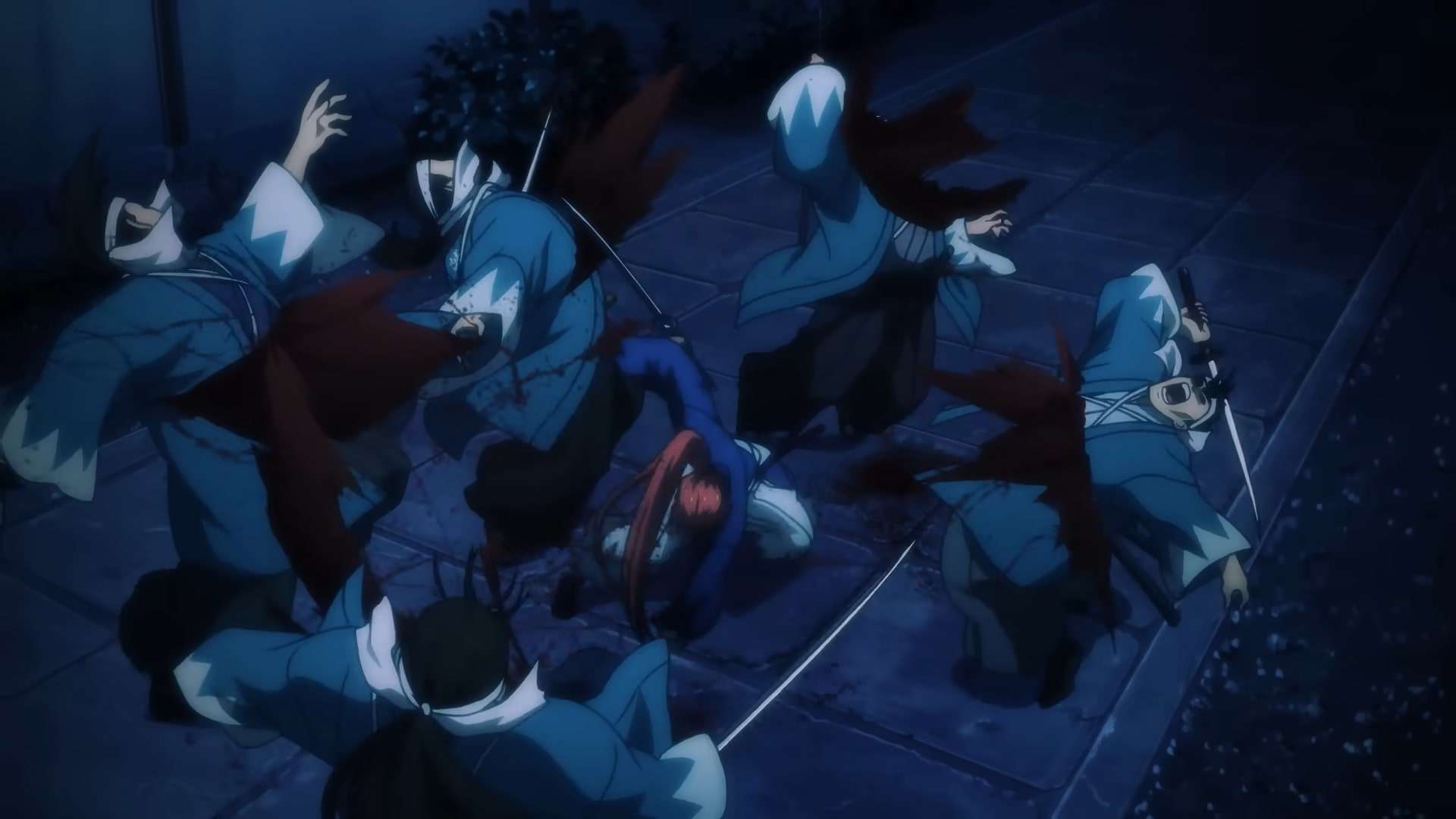
Hiten Mitsurugi-Ryu is also based on real-life Shiranui-Ryu, the secrets of which style died alongside the lone practitioner, Kawakami Gensai. It is based on the concept of Ichi no Tachi, which is to strike in a single blow, and people who practice this use a combination of speed and agility and can anticipate the opponent’s next movements.
9. Kenshin Gets His Happy Ending
Four years after the final arc, Kaoru and Kenshin get married and have a son named Kenji. Kenshin goes on to have a happy ending.
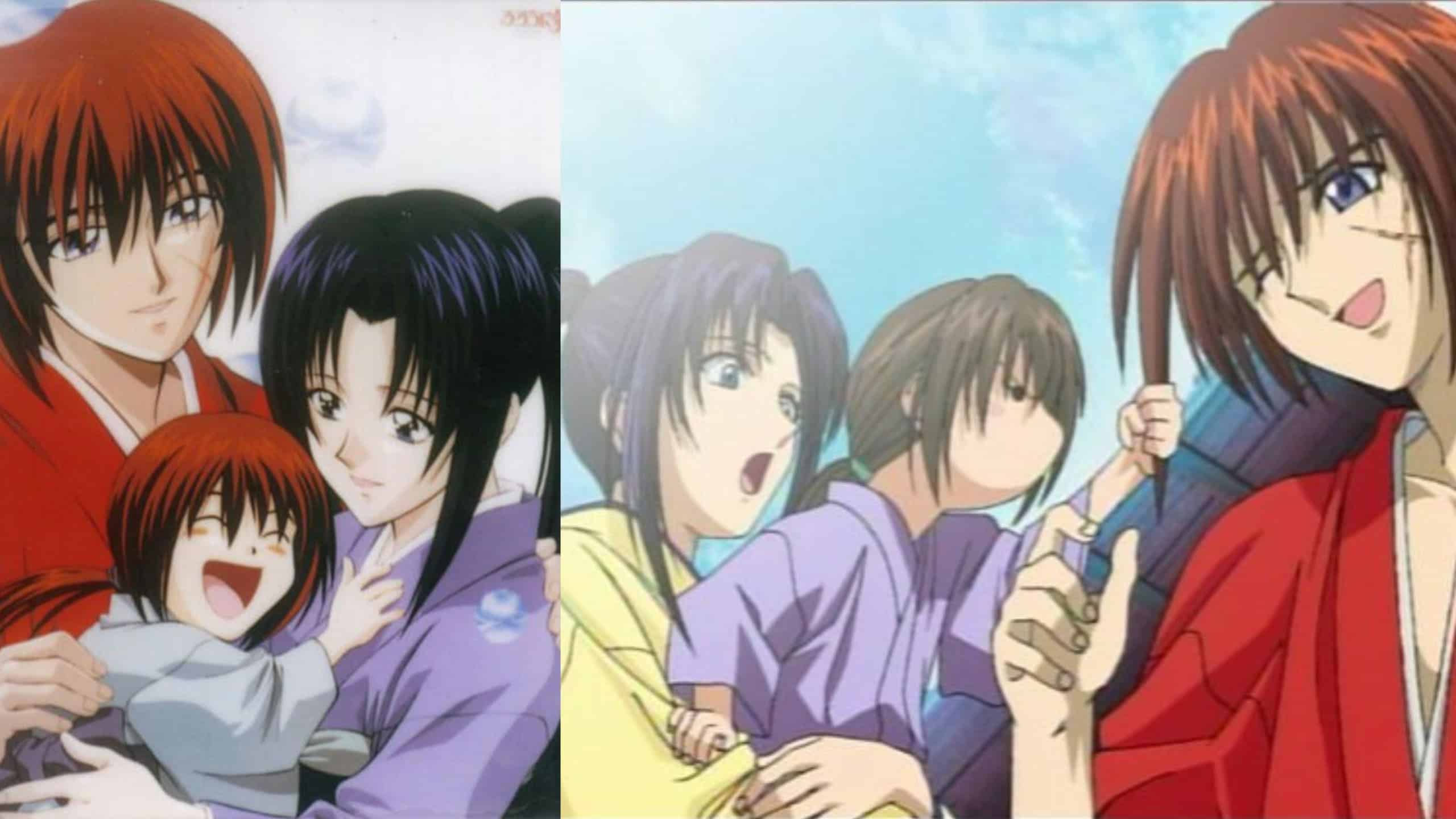
Himura Kenji, according to Watsuki, has the personality model “stupid.” He was designed purely for the sake of giving Kenshin a family. Even if the character does not have any depth to himself, Watsuki never intended to elaborate on it anyway.
Kenji’s character is cliche, but according to Watsuki, Kenji isn’t twisted enough to place negative elements in the ideal family. He is Arai Iori equivalent and is supposed to be a ‘small Kenshin.’
10. The Mangaka Was Involved In A Controversy
In 2017, Rurouni Kenshin manga was put on hiatus because the author, Nobuhiro Watsuki, aged 47 at the time, was arrested and charged with possession of child pornography DVDs.
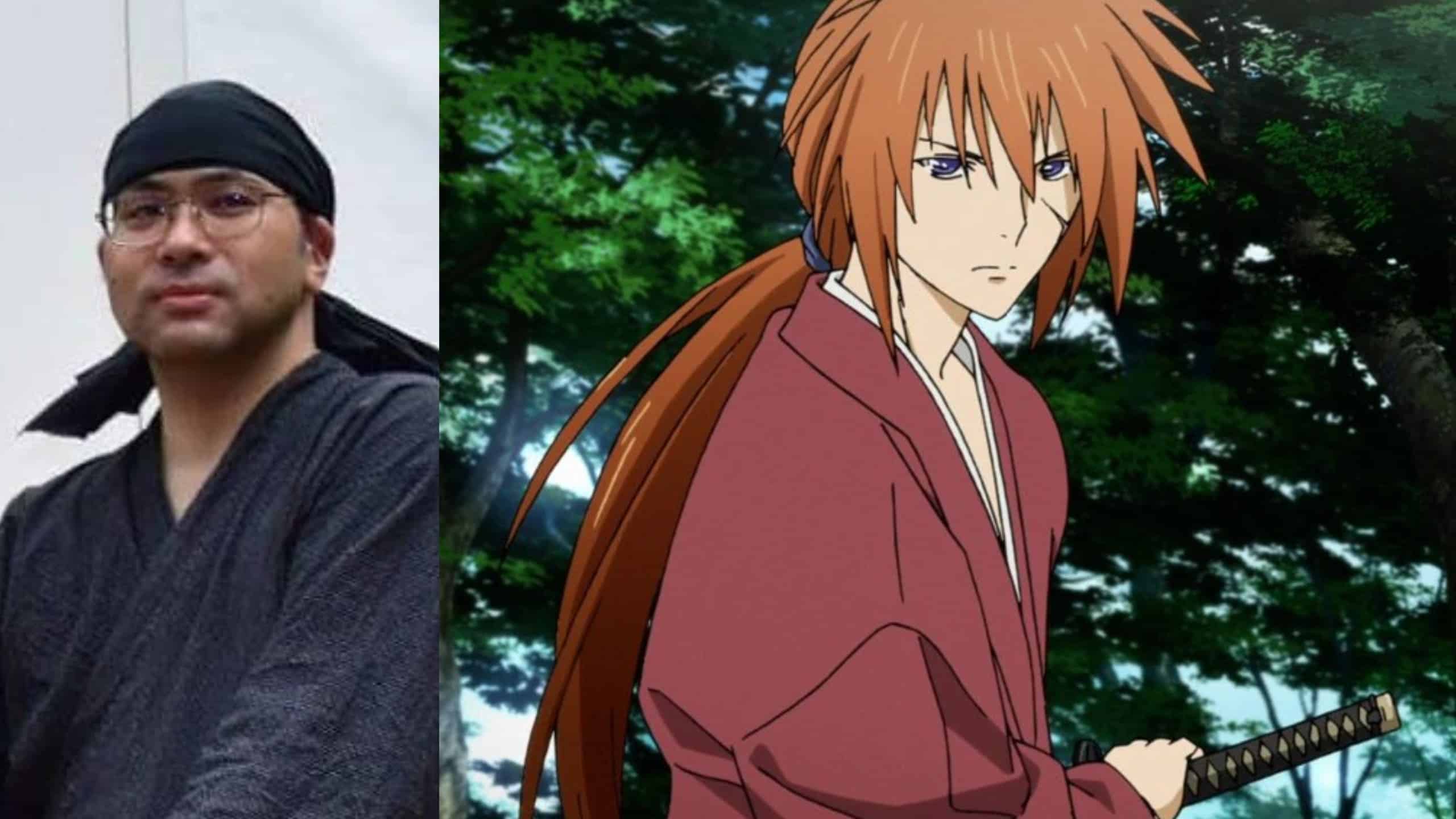
Watsuki pleaded guilty, stating that he was interested in younger girls’ nudity but only had to pay a fine of 200,000 Yen. Despite all of this, the manga was only suspended for half a year. Some readers were enraged and disappointed, but several just separated the creation from the creator and went back to reading it.
11. Kenshin Was Infamous As Hitokiri Battosai
Battosai the Manslayer, also called Hitokiri Battousai, was Kenshin Himura’s ‘professional’ name as an assassin. Battosai is hard to translate literally, but Battou-Jitsu means sword drawing technique, and Kenshin is known for his fast sword drawing, and that is why he gets a title that basically tells his specialty.
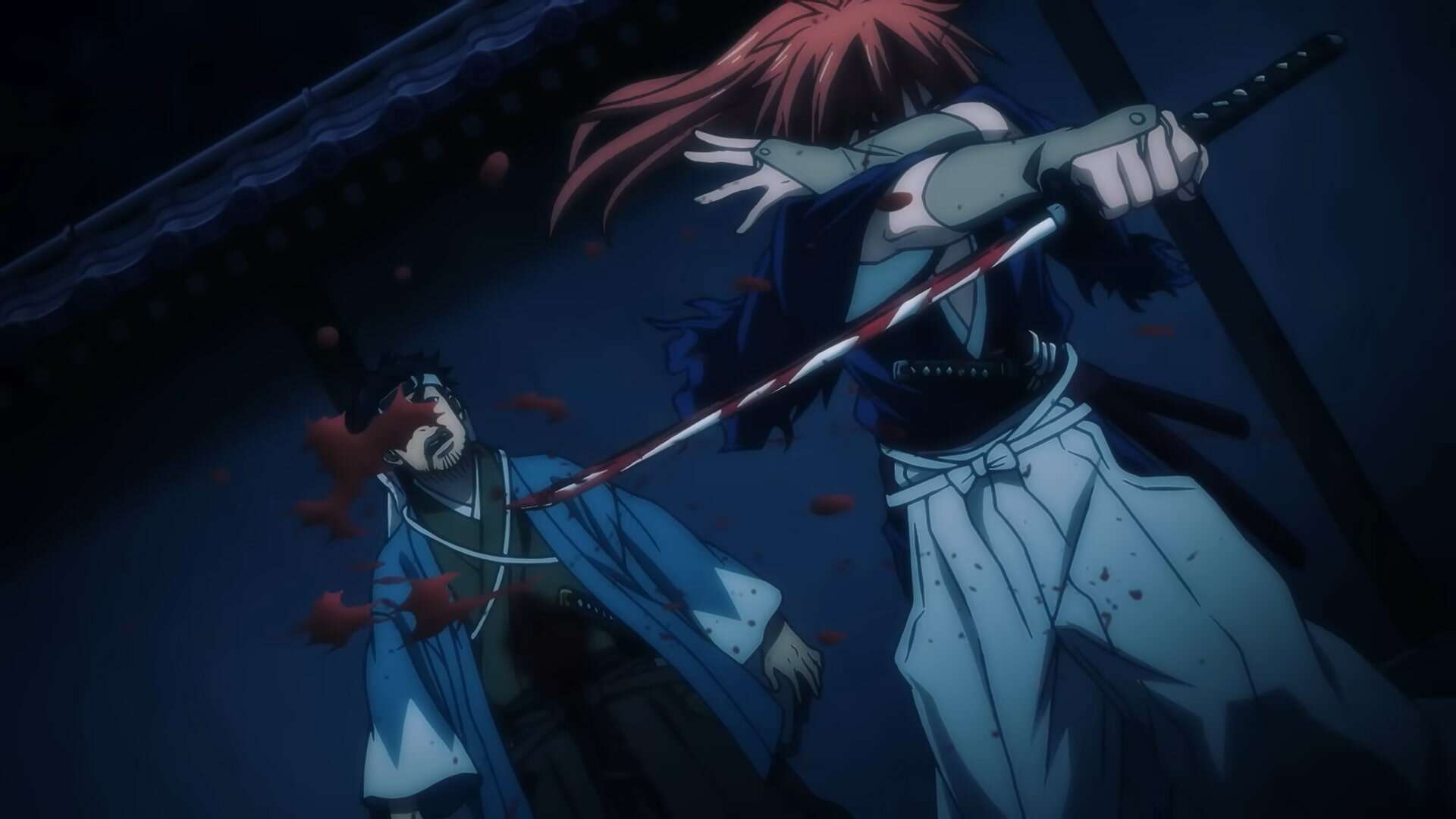
Watsuki was inspired by the story of Kawakami Gensai, a real-life Hitokiri executed by the Meiji Government. During his days as an assassin, Kenshin killed a lot of people and became infamously known as Battousai, the Manslayer.
Also Read: Top 25 Animes like Rurouni Kenshin You Must Watch




